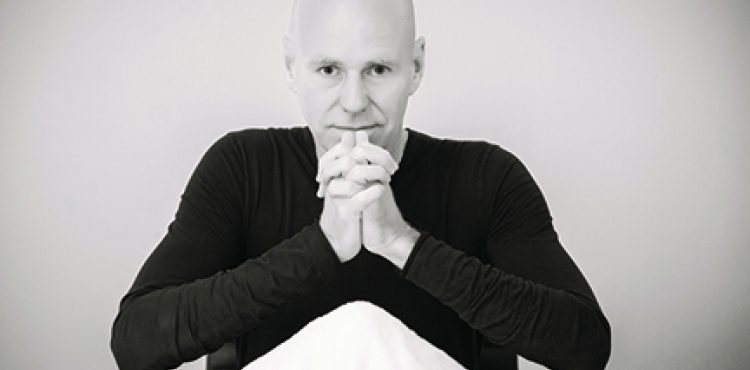
Five lifestyle changes you can make to reduce your diabetes risk
At current rates 280 Australians develop diabetes every day. For an unlucky few, type 1 diabetes is unavoidable and will arrive early in life. But most people who get diabetes suffer from type 2 diabetes that comes on later in life. Type 2 diabetes is closely linked to an unhealthy lifestyle.
The good news is that most people can avoid or delay type 2 diabetes. If you have type 2 diabetes or pre-diabetes already then lifestyle changes can also greatly improve your outlook. To mark National Diabetes Week, Professor Bruce Neal, director of the Food Policy unit at the George Institute for Global Health, shares his top five tips for lowering your diabetes risk.
1. Don’t get fat!
The single biggest cause of type 2 diabetes is being overweight or obese. If like many Australians you spend most of your life in the car, at a desk or on the couch, then you're at high risk for overweight or obesity and have a greatly increased risk of getting diabetes. “The modern lifestyle is the key to understanding and preventing diabetes,” explains Professor Neal. "We evolved a physiology for a completely different lifestyle where food was scarce and exercise was plentiful."
Of course weight control is incredibly difficult for many people. Professor Neal is firmly of the view that government and the food industry need to do much more to help people maintain a healthy weight. “It’s not fashionable to advocate for the nanny state,” says Professor Neal, “but letting the food industry hook children on addictive junk is entirely unreasonable. We have to have better controls because kids and parents can’t do it alone.’’
2. Eat a bit less junk
Sitting back and waiting for the government to solve the problem clearly isn’t going to work either. What you eat is the primary determinant of your weight and your diabetes risk and you can do something about it too. The problem foods are the so-called discretionary foods and junk foods. Heavily advertised, massively processed and looking nothing like what they are made from, these foods are the key to the obesity crisis.
Professor Neal’s advice is don’t try and cut them out completely but make some small changes that are sustainable – next time you shop don’t buy two packets of biscuits but instead get one packet and some fruit or nuts to replace the other. When you next order take out think about skipping one of the side dishes or use the menu board labelling to choose an option with less energy (kilojoules/calories). The kilojoule labels required on the menu boards of chain restaurants have been shown to reduce the energy content of junk food purchases by 10 to 15%. That’s more than enough to stop you getting fat.
3. Use the Health Star Rating food labels
Late last year the government and the food industry agreed on a new Star labelling system for foods. Already there are more than 1000 foods on the shelves with a label that shows between ½ star and 5 stars. And the number should increase rapidly. Buy foods with Star labels and choose the option with the most stars. If something doesn’t have a star label it’s probably got something to hide so think twice before picking it. The exception of course is fruits and vegetables which almost always get 5 stars and are always a good choice.
4. Get a little more exercise
The fitter and healthier you are, the less likely you are to get overweight and the less likely you are to get diabetes. "Every little bit of exercise you can add to your daily routine is going to help," Neal says. Although don’t think you can simply trade exercise against an unhealthy diet. ‘’Unless you are prepared to drag a tractor tyre around after you 24 hours a day it’s almost impossible to burn off the excess calories that come from junk foods."
The evidence is very clear. While more activity is almost always good, it’s not a great way of losing weight. It’s also possible that increased physical activity may directly protect against the risk of developing diabetes and it certainly helps with diabetes management amongst those that have the condition.
5. If you already have diabetes
All the messages above still apply. Losing weight, eating a healthy diet and getting plenty of physical activity are fundamental to the good management of diabetes. However, if you have diabetes you almost certainly also need medical treatment too. There are some incredibly effective ways of preventing the complications of diabetes with drug therapies and these are a must for most people with the condition. Alongside drugs to control blood sugar levels, blood pressure lowering and cholesterol lowering are a backbone of treatment for many. Drug therapy won’t replace a healthy lifestyle but can bring important additional protection.
Finally, for some people diabetes can be cured. Massive weight loss, mostly achieved by gastric surgery, can return peoples’ blood sugar levels to normal. And lesser levels of weight reduction will usually reduce the severity of the condition and bring down the need for drugs to lower blood sugar.


